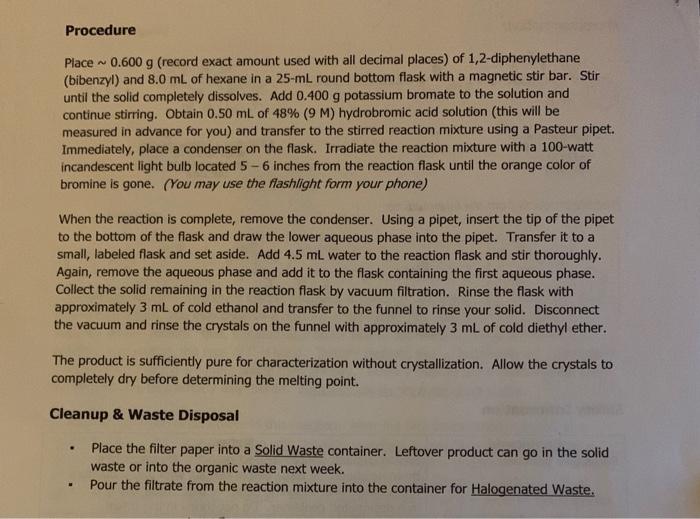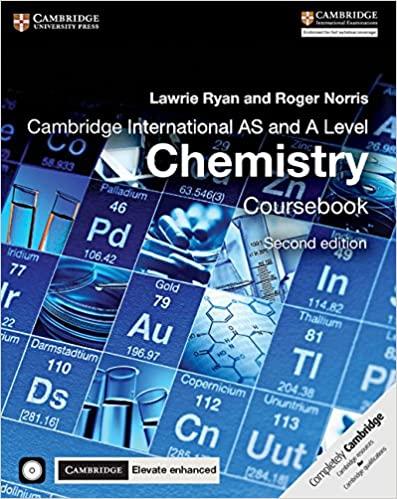Answered step by step
Verified Expert Solution
Question
1 Approved Answer
Please help! Radical Halogenation Photobromination of 1,2-diphenylethane lab 1,2-dibromo-1,2-diphenylethane could also be obtained by using bromine in dichloromethane (solvent) using an electrophilic addition reaction (hint:
Please help!
Radical Halogenation Photobromination of 1,2-diphenylethane lab


Step by Step Solution
There are 3 Steps involved in it
Step: 1

Get Instant Access to Expert-Tailored Solutions
See step-by-step solutions with expert insights and AI powered tools for academic success
Step: 2

Step: 3

Ace Your Homework with AI
Get the answers you need in no time with our AI-driven, step-by-step assistance
Get Started


